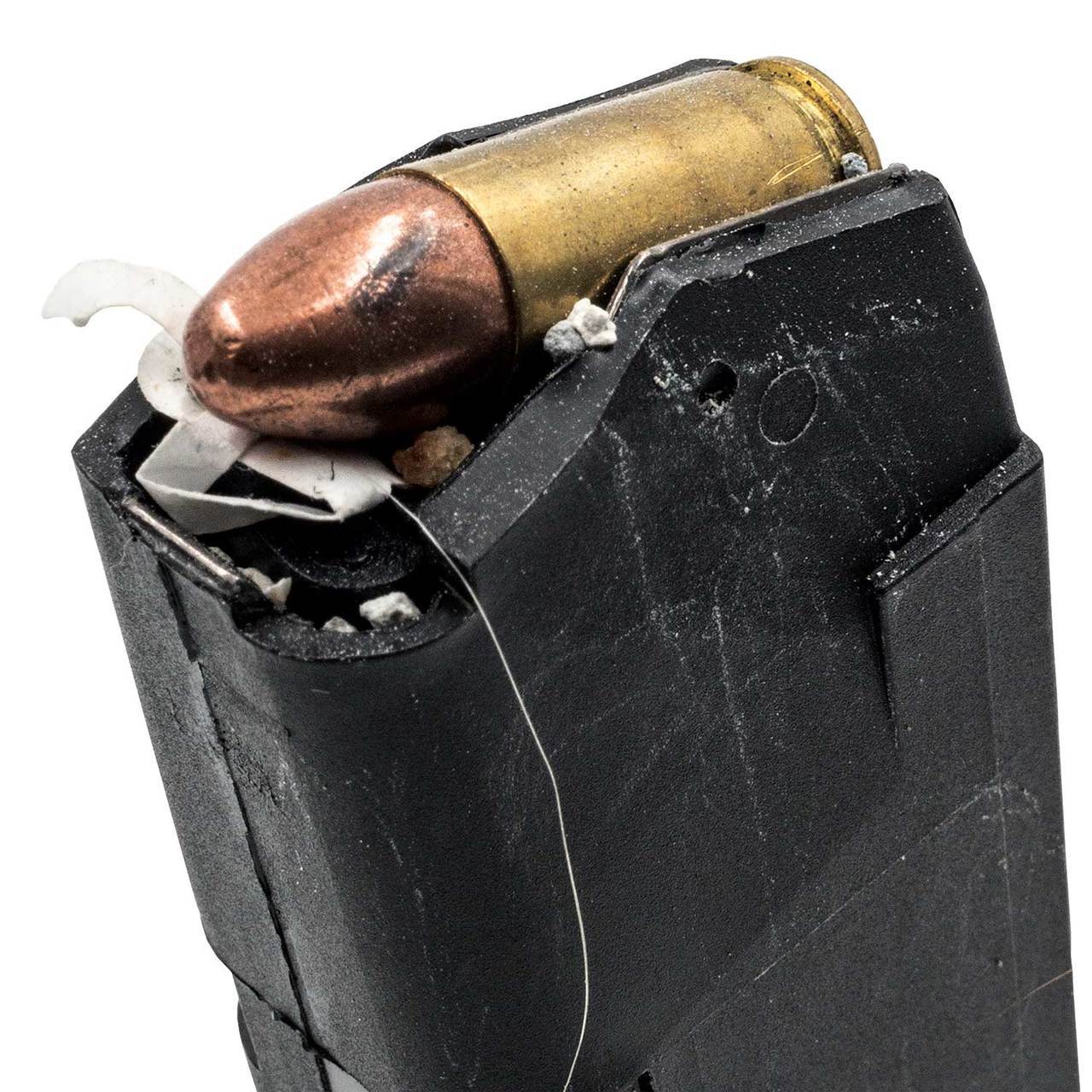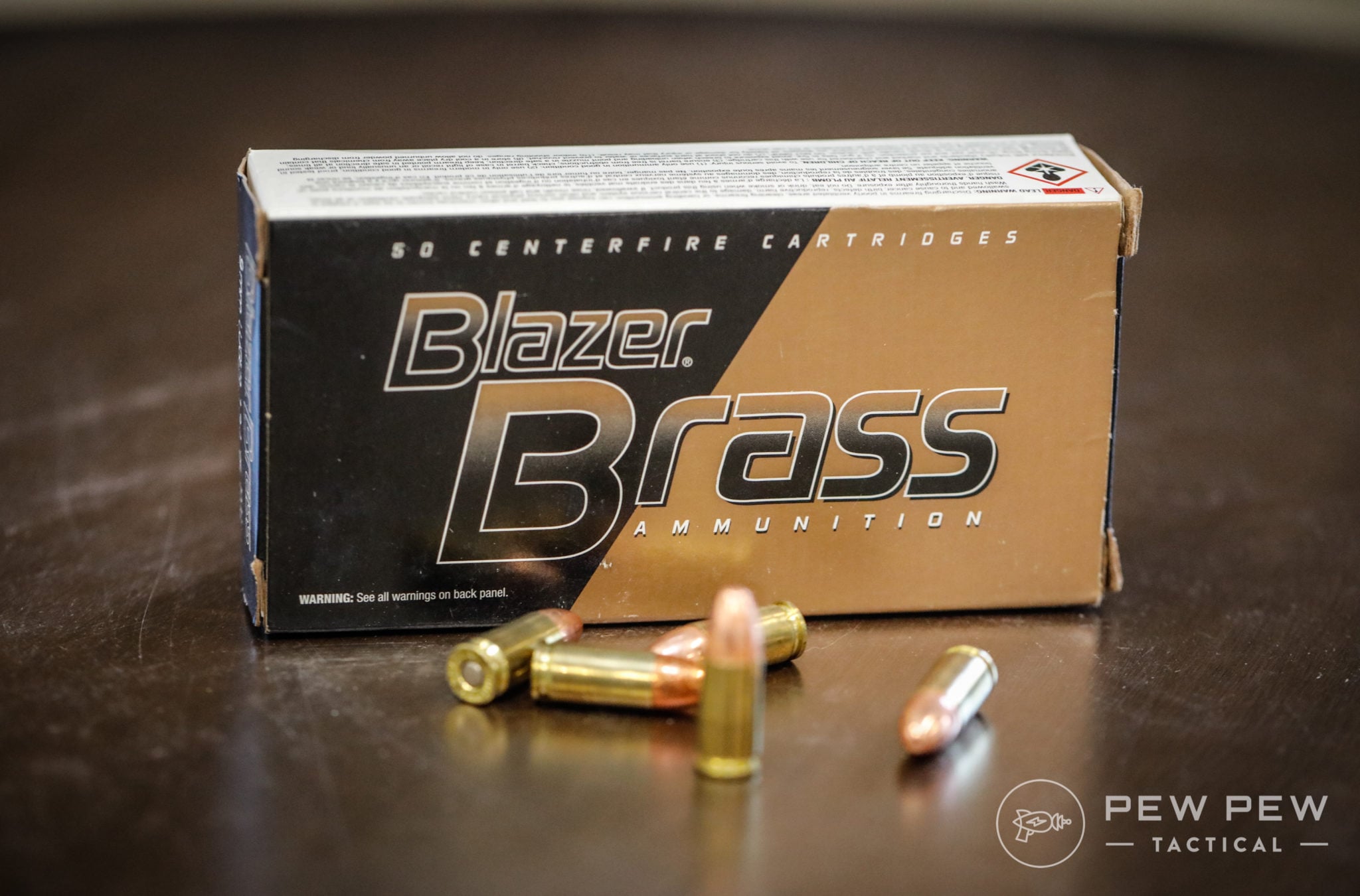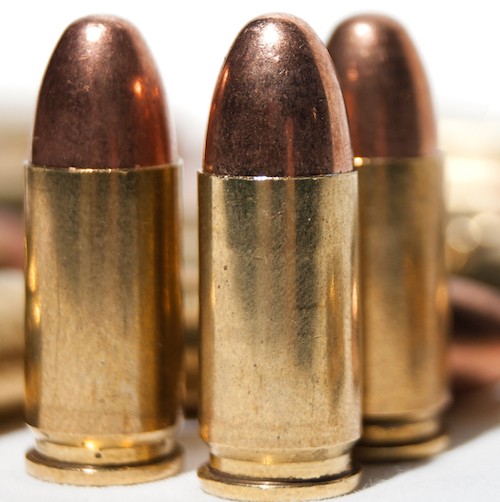

It is a strange thing: some people will get lit up with dozens of rounds and go on fighting like the devil himself, a dead man walking, until every drop of blood nearly has drained out of them. What about Psychological Stops?Ī “psych” stop is a fancy way of saying the bad guy just gave up and stopped fighting, or thought his goose was properly good and cooked since he got shot and just lays down to die. While both are difficult to hit compared to the typical center mass torso shot, these are two more high-payoff targets and the headshot in particular is taught as a problem solver when a person is not responding to hits in the body, or the situation is very high risk, like a hostage situation or one where a terrorist may be ready to trigger explosives if confronted.Įven when targeting the head or spine, even with great hits, they are still not totally sure things humans can be remarkably tough. Similarly a spine hit, while not necessarily immediately fatal, will usually drop someone where they stand. This is why a headshot that results in a bullet entering the cranial vault and piercing the brain so often results in instant or nearly instant incapacitation. Hits to the brain and spine, nervous system targets, will produce a stop by damaging the critical infrastructure needed to control the limbs and organs, or even fundamental life support. We should aim for “high value” targets in the human anatomy, and even basic defensive pistol training reflects this: the heart, aorta and major vessels of the trunk and limbs are all preferred targets since they will produce the best effect. The quicker we can accomplish both, the better. The more blood we let out, and the more air we let into the “system” the better. Put another way, the first is a physical stop and the other is a mental or emotional one.įor the former category, going the route of blood loss, the bullet literally and simply cuts a hole in the target, damaging vessels, arteries and organs necessary for the delivery of blood around the body, maintained at the needed pressure to support action and life. Whether or not they live or die is secondary and coincidental to the prime goal of stopping them from continuing their violent act that got us to shooting them in the first place. They are 1.) physically from loss of blood volume and/or blood pressure, or damaging and/or destroying vital structures in the brain or spinal cord and 2.) they give up when shot, often called a “psychological stop.” Putting a bullet to someone will result in their incapacitation from one of only a few methods, either singly or together.

I won’t make this a big treatise on wound ballistics since we have already covered the topic in detail elsewhere on this site, but I will hit the most important highlights so you can better understand how I, and some people a whole heck of a lot smarter than your favorite gunwriter Tom here, make declarations on what is good and bad in the world of bullets. Now, that’s not to say that, at one time a long, long time ago, that it was not considered good info, but time marches on and we have a lot more figured out today than we did back in the 1980’s, 70’s and even beyond. No matter how long you have been shooting, unless you have been fortunate enough to be drinking from a pretty small fountain of knowledge you are likely a believer in some myths regarding bullet performance in human beings. Myth, Misunderstandings and Misconceptions.

In this piece we’ll do a quick exploration on what performance standards we want for self-defense ammo and then I’ll make some recommendations for the best performing bullets you can get today. Fortunately, Tom is here to help you cut through the static and sort good from bad. Unfortunately, there is an awful lot of snake oil, bunk and outright lies floating around the world of defensive ammunition. Lucky for us, and unluckily for the recipient, there is no crazy space magic formula needed for determining a good performing bullet. State of the Art circa 1992 is merely okay or average today. Self-defense is a serious topic, and more yet is self-defense with any kind of lethal force, guns foremost among such implements capable of rendering it.īut sadly for many shooters that particular question is rigged, in as much as the best load depends on what you are shooting and what you need it to do, to say nothing of the constant state of innovation and refinement the ammo industry remains in.


 0 kommentar(er)
0 kommentar(er)
